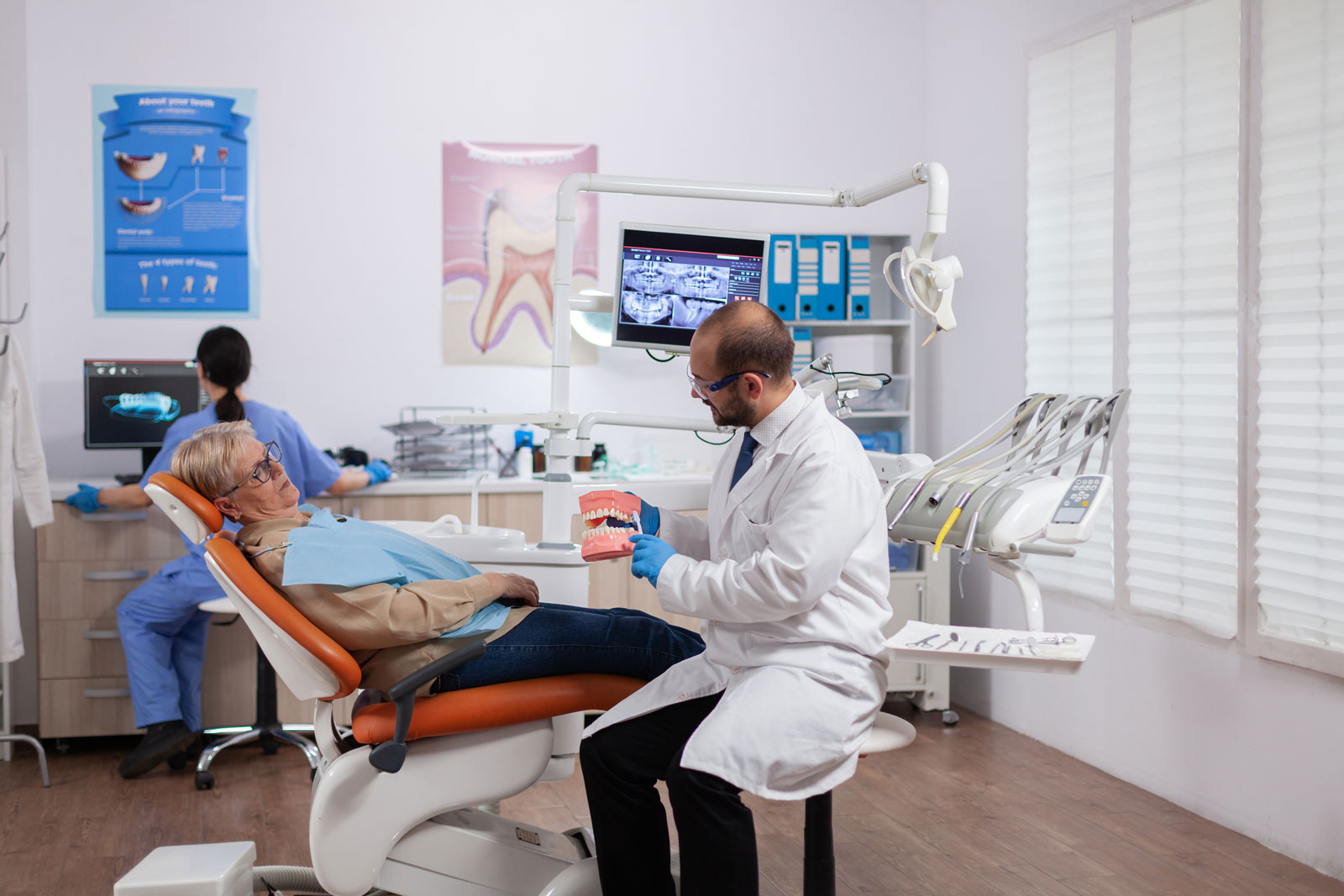When it comes to oral and dental health, the procedure that comes to mind when we mention dental check-up is always the panoramic X-ray procedure.
So, what is this panoramic X-ray procedure? Most of us have a vague idea of what it is, but in this article, we will still provide detailed information to dispel any lingering doubts.
With rapidly advancing technology every day, many conveniences are being achieved in procedures related to oral and dental health. Among these, the most important is the X-ray procedure.
X-ray technology makes it easier to see dental problems, facilitating treatment and providing significant assistance in determining how to follow a healthier path and achieve better results.
One of the procedures used in oral and dental health is the Panoramic X-ray. This X-ray procedure provides a pathological view of the teeth and jaw, and it allows even the smallest details of the formations in the upper and lower jaws to be easily observed.
In other words, with a single film capture, it provides the opportunity to see all the discomforts and the paths that need to be followed to address these discomforts. It should be taken after the initial examination to determine the treatment plan.
How is a panoramic x-ray taken?
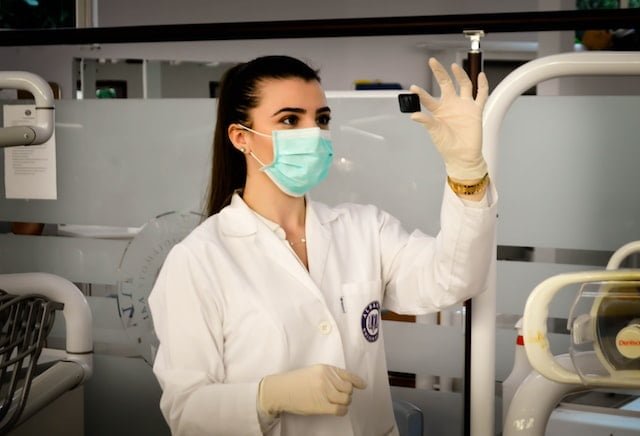
First, the patient is taken to the panoramic X-ray room, and their jaw is positioned in the front part of the X-ray machine. The head is surrounded by a thin apparatus consisting of two parts. Once all the adjustments and settings are made, the rotating device around the head transmits the images it captures to the computer.
In this way, the imaging process is completed.
What is the Information Obtained with Panoramic X-Ray?
- Jawbone disorders
- Impacted and crooked teeth
- Jaw misalignments
- Sinusitis
- Dental Implant Treatment
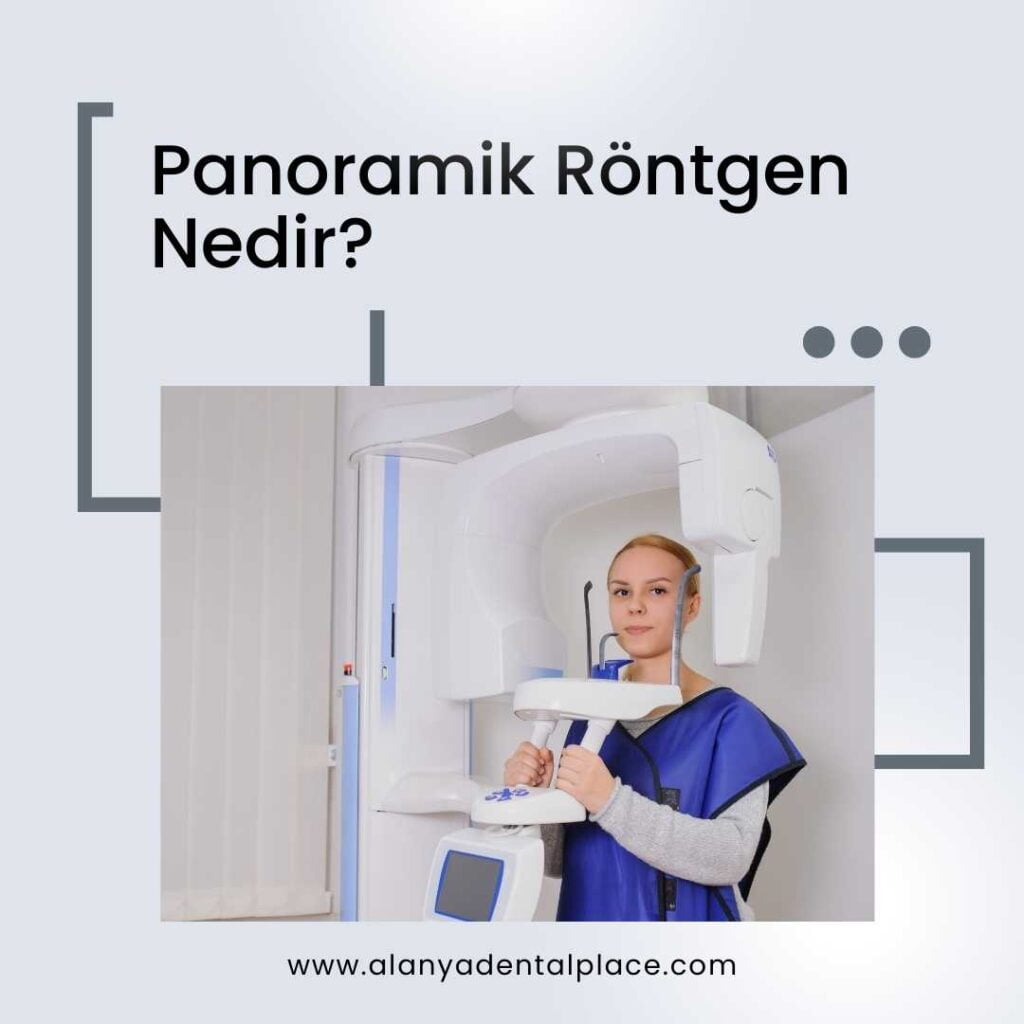
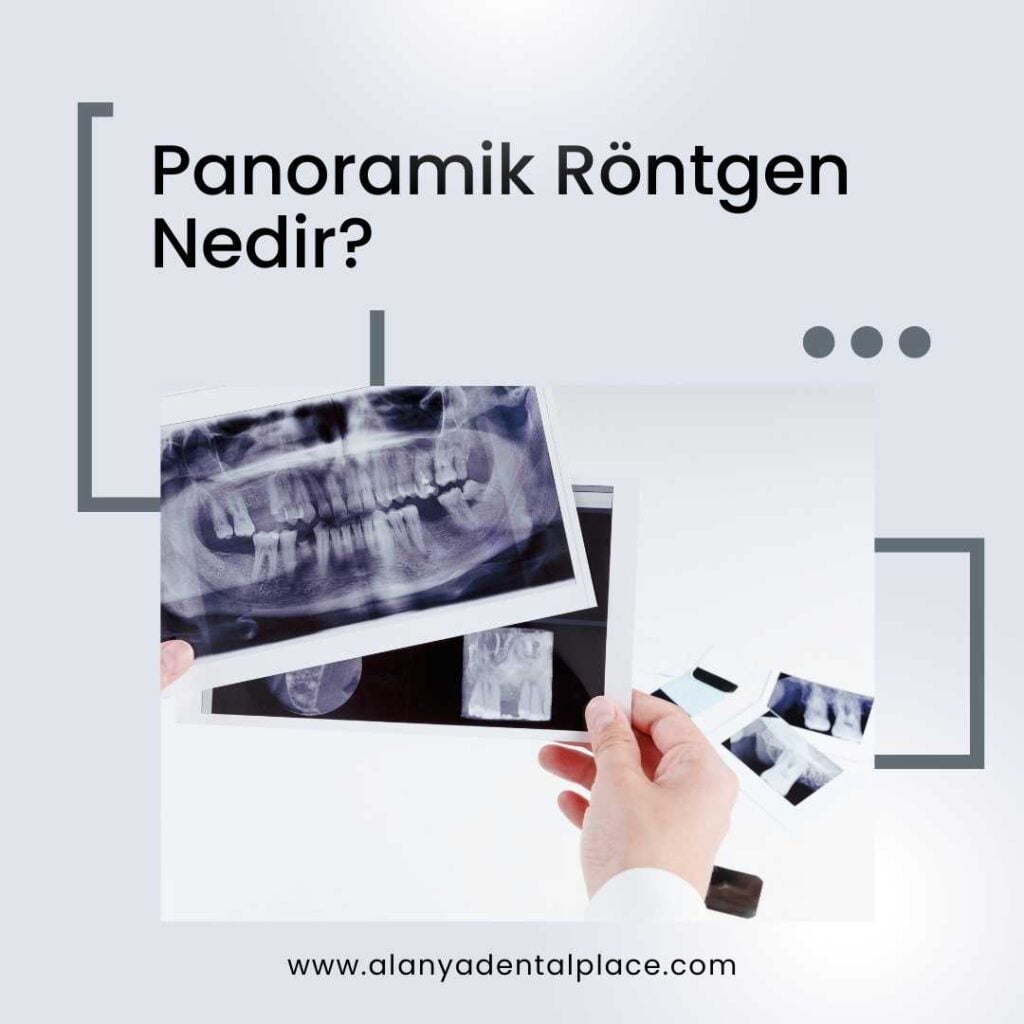
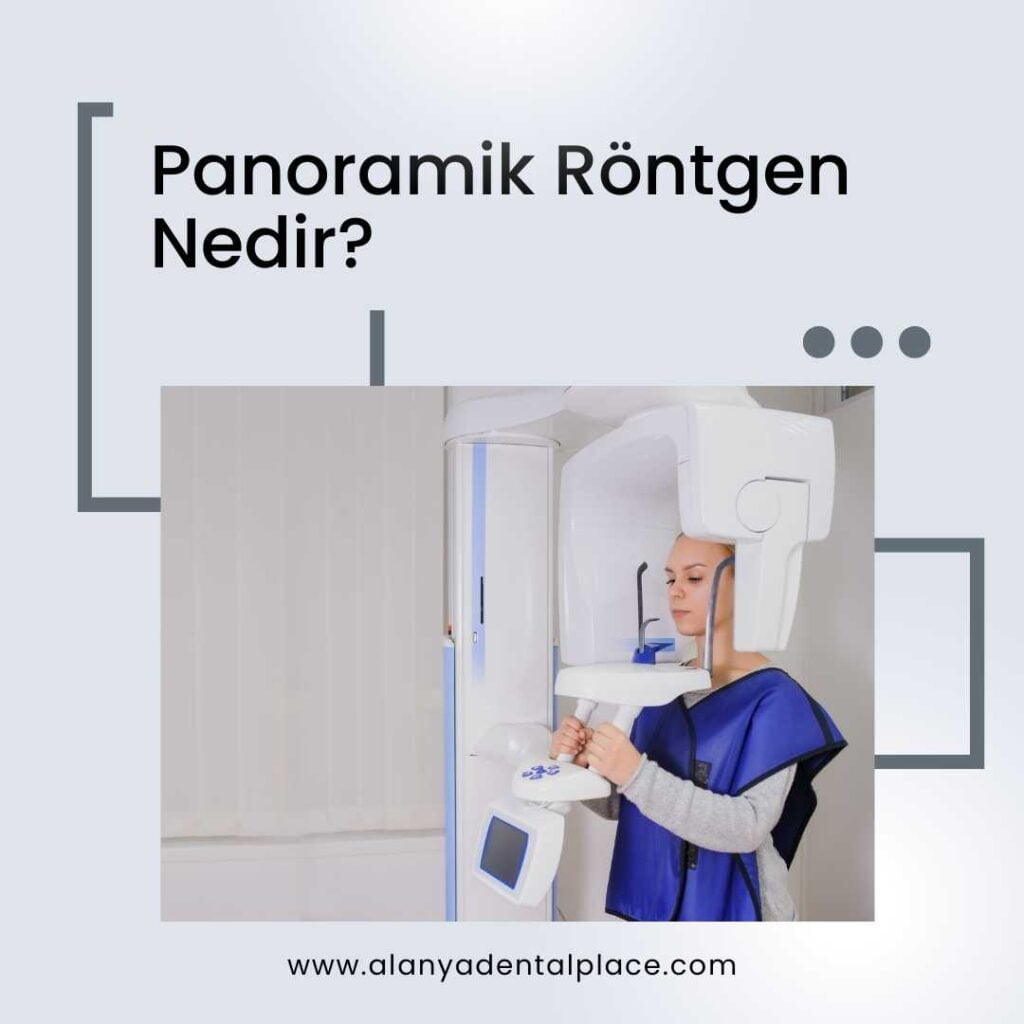
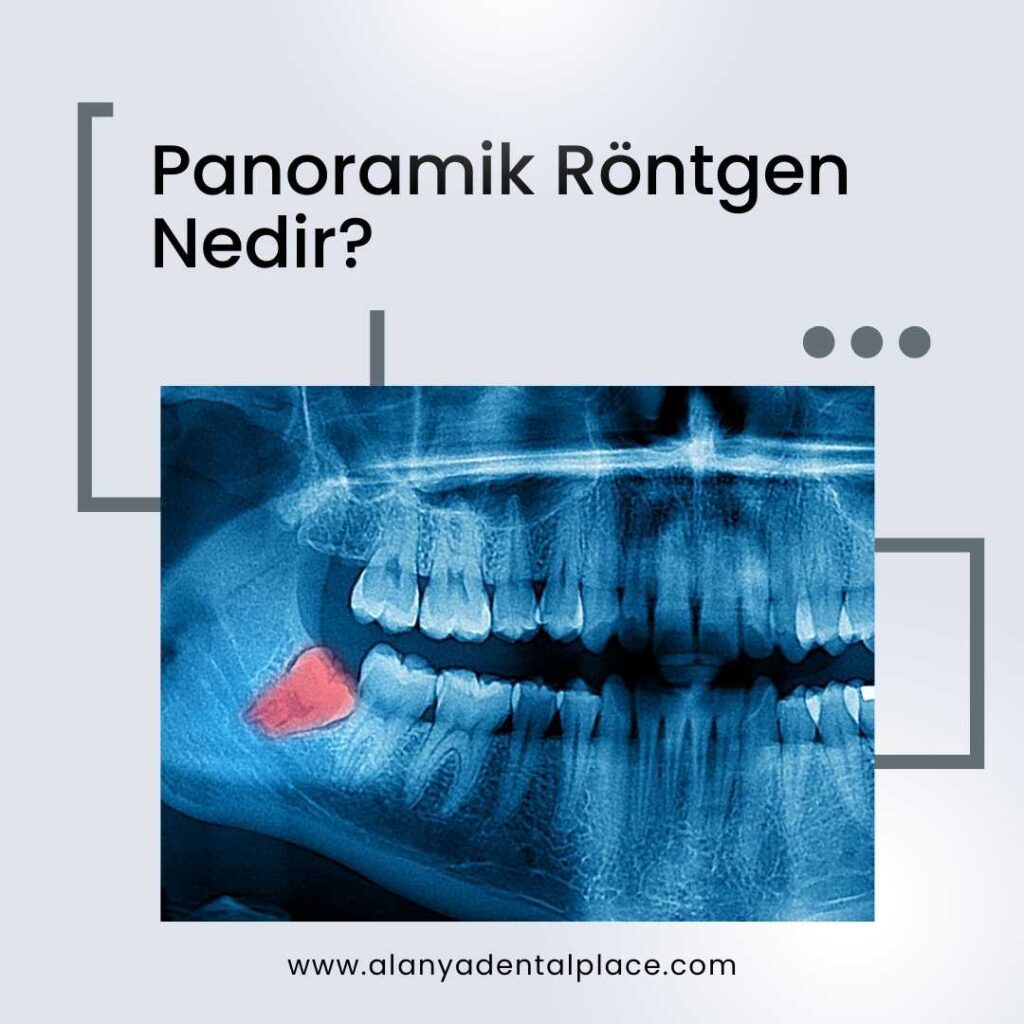
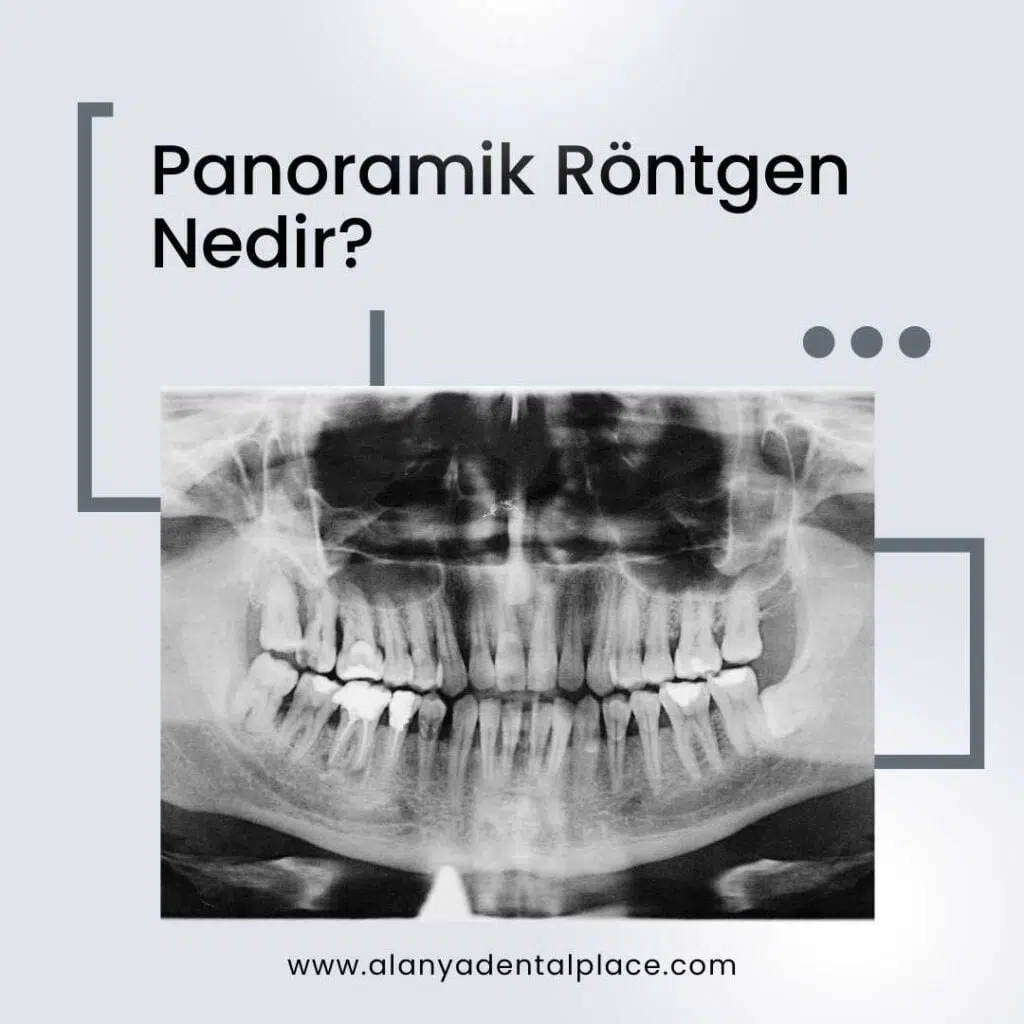
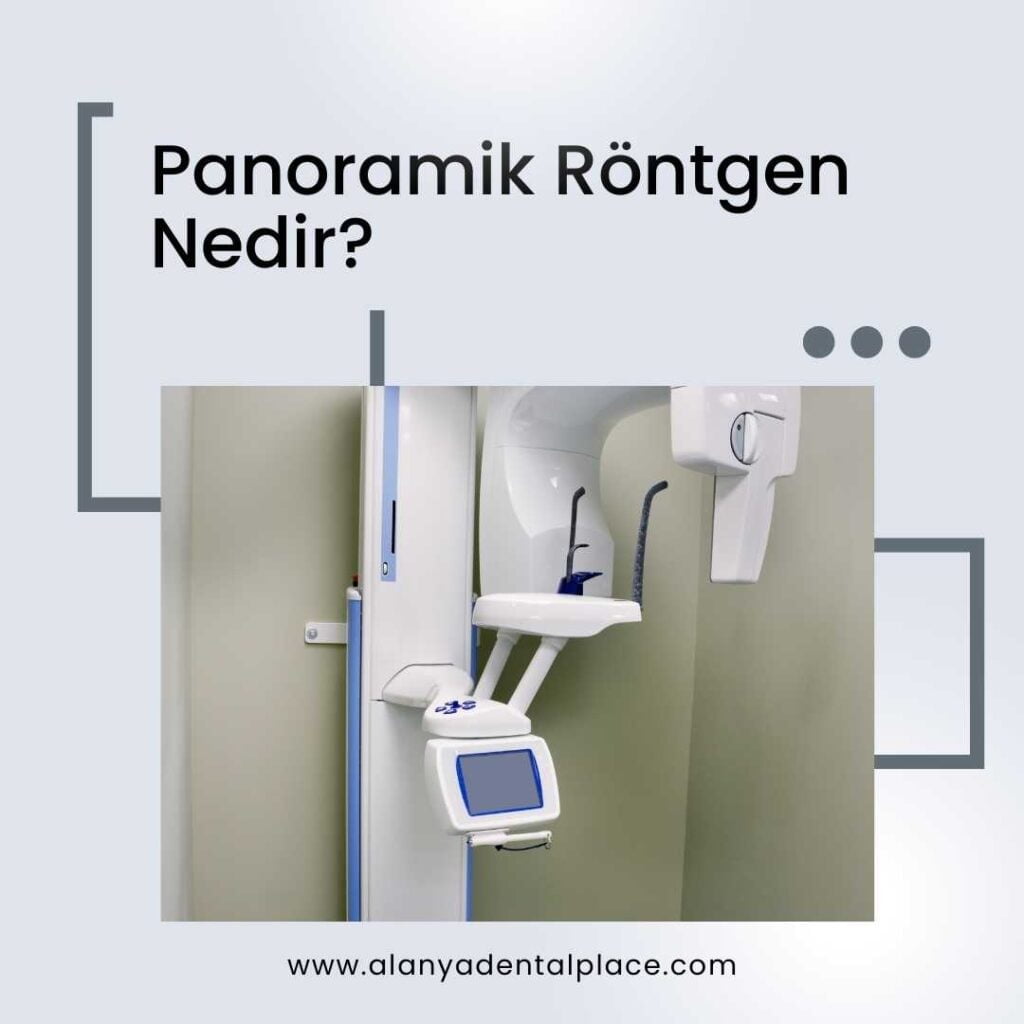
What is the Radiation Value of Panoramic X-ray?
With advanced technology, radiation levels are minimized to protect the patient’s health.
The patient’s exposure to radiation is low and not significantly impactful. All safety measures have been taken and tested.
Panoramic X-rays provide the best and healthiest results in real-time.
Does panoramic x-ray cause pain?
Many people wonder whether they will experience pain or if there will be any permanent damage during panoramic X-ray procedures. However, it is not possible to experience any pain or discomfort during panoramic X-ray imaging.
You can easily have a panoramic X-ray taken without any doubts, and you can have complete confidence in our clinic and doctors in this regard.
Is Panoramic X-Ray a Challenging Process?
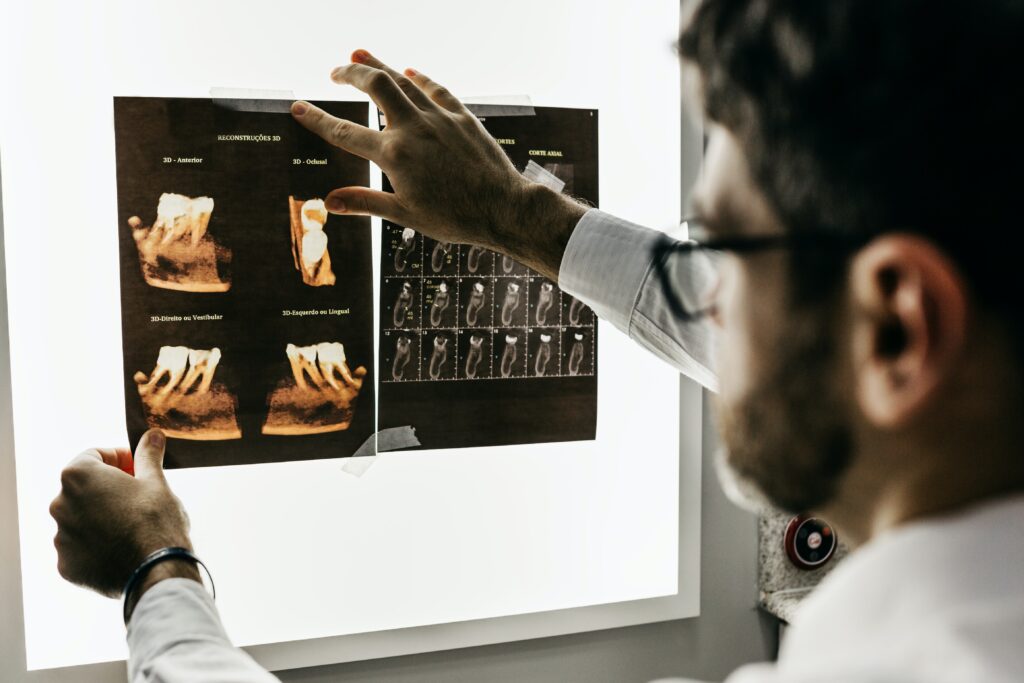
Just as in other diseases, early diagnosis and treatment planning are crucial in dentistry. Panoramic X-ray imaging can be beneficial in the early detection of dental diseases and taking preventive measures.
If there is suspicion of a cyst or tumor, an imaging procedure will be necessary. In addition, before surgical procedures, panoramic X-rays should also be taken.
In fact, if panoramic X-rays are insufficient for surgical procedures, dental tomography can also be applied.
Why is Panoramic Dental X-ray Preferred?
The reason panoramic dental X-rays are so widely preferred in modern dentistry is that, unlike standard X-rays, they capture the entire mouth in a single image.
This allows for the easy detection of a wide range of issues, from problems in the bone structure to gum infections.
- Panoramic X-ray films are helpful in expediting and ensuring more comprehensive treatment planning.
- They are a type of X-ray that a dentist needs to see before any surgical interventions related to the jaw and teeth. These X-rays provide a broad view of the area to be treated and enhance the success of the operation.
Who should have a panoramic x-ray?
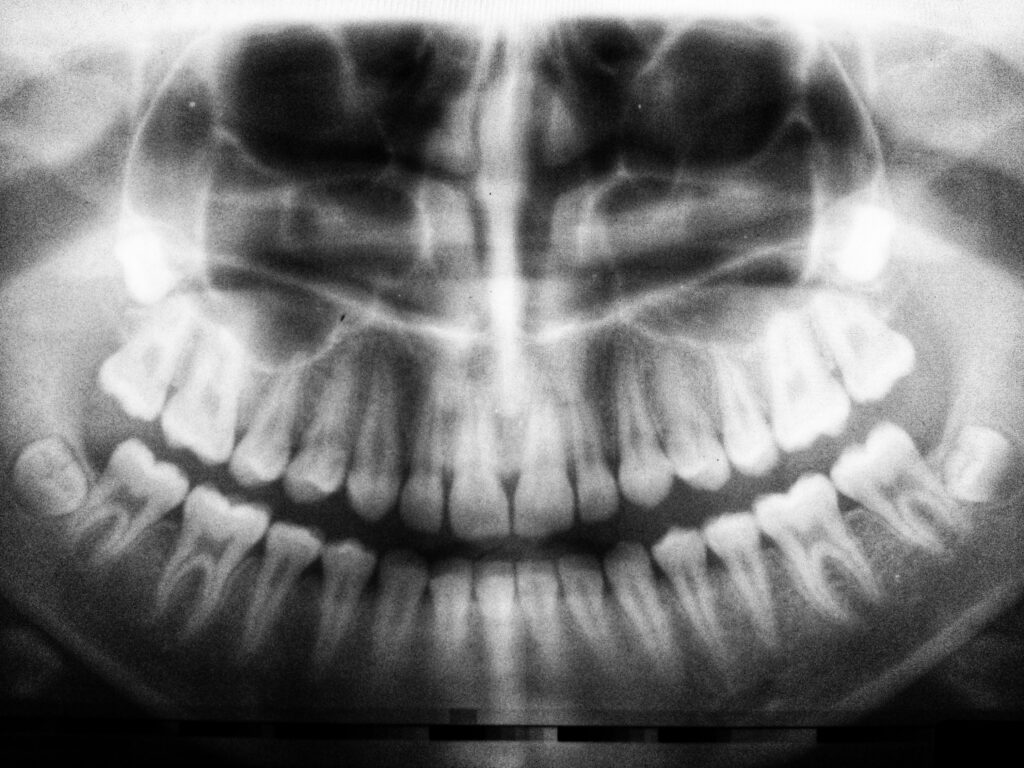
Panoramic X-ray imaging is a procedure performed upon the request of the dentist, typically after a check-up. It is necessary to assess the patient’s condition more effectively before treatment planning and to determine the appropriate course of action.
Panoramic imaging also assists in visualizing conditions such as jaw tumors, jawbone inflammation, dental root issues, and soft tissue problems. This allows for the early detection of potential problems.
After the imaging, treatments such as orthodontics, root canal therapy, or other necessary procedures are planned by the dentists. Additionally, X-rays should be taken before the extraction of wisdom teeth.
This enables the dentist to plan the position and condition of the teeth and determine the appropriate approach before tooth extraction.
There is no need for any preparation before the imaging. The imaging procedure can be completed within 5-10 minutes and is not as difficult or time-consuming as one might think. After panoramic X-ray imaging, the patient can return to their daily life.
Based on the results, the dentist will present the necessary treatment plan.


